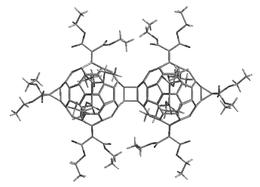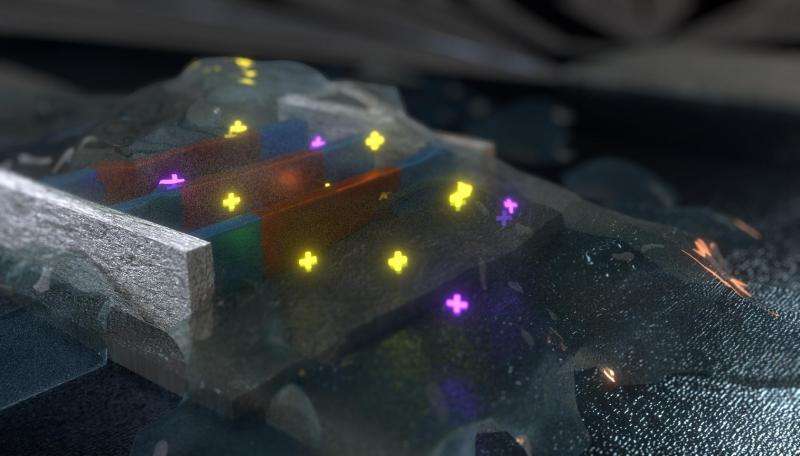Electrical Properties (C120 Nanofullens) PhD in Nano-Microelectronics
Researcher and author: Dr. ( Afshin Rashid)
Note: The c120 nanofullerenes are among the materials on which many nanomaterials are based. Specific electrical circuits are nanophotonics in solar nanocells and absorbers of specific nanowaves.
One of the most important and unique properties of fullerenes is their ability to hold atoms or small molecules inside a carbon cage. Endo-hydraulic carbon cages (EFs) have been synthesized due to their inherent stability, their endo- hydraulic nanostructures containing one or two metal atoms such as Sc and La or a cluster metal-nitride such as Sc3N . The importance of spatial and electronic parameters related to cage structure such as fullerene in the factors of this importance is the interference of nanostructures and the stability of these compounds. The optical properties, ionization and electron seeking energies, and the relative stability of the various multiplicities of fluorons are very influential in the amplification of nanoelectronic devices.
Among the fullerenes, C60 and C70 structures are the most abundant. These values are 75% and 24%, respectively, and the remaining 1% is also composed of C74 to C100 fullerenes. The C60 cage with an Ih symmetry is about 7Å in diameter. The C70 molecule is also in the shape of a rugby ball, and its symmetry is usually flat, but in fullerenes it is 5h, 7 عرض wide and 10 طول long. Bonded carbon Carbon is removed from the flat surface so that the three bonds form a shallow pyramid. The resulting pressure in the C60 molecule creates an energy difference of about 400 mol / kcal, which could be a compelling reason for the greater reactivity of fullerenes to nanotubes. These nanostructured compounds were first obtained by electric discharge. Of course the exact mechanism for The formation of fullerenes is not known, but they appear to be produced during the formation of carbon plasma. Purification of fullerenes is usually performed by high performance column chromatography. Also on a smaller scale , sublimation can be used to produce high-purity solvent-free fullerenes. Fullerenes are soot-like solids, dark in color, and in some cases bright. The solubility of fullerenes in hydrocarbon solvents is usually low, but in aromatic nanomolecule solvents it is high, and in nanostructured compounds the larger fullerenes are less soluble than the smaller fullerenes.




